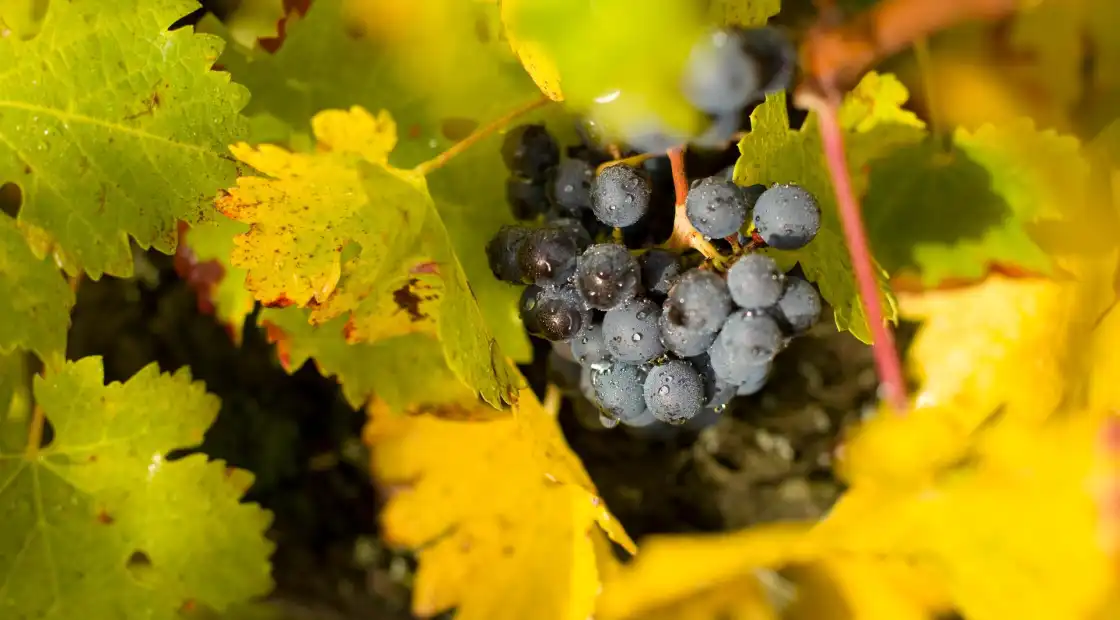Red wine consumption in France, with a focus on Loire wines

Trends in red wine consumption in France
During a presentation at SIVAL 2024, InterLoire outlined the major trends in red wine consumption in France. Through a compilation of data, several salient elements emerged. Firstly, an overall reduction in alcohol consumption has been observed since the 1960s. At that time, each French adult consumed around 200 liters of alcohol a year, a figure that has been reduced to around 80 liters in 2018. The decline is particularly marked for wines without geographical indication, which once dominated consumption but now account for only a marginal fraction of the market. Consumption has become more occasional, favoring higher-quality wines such as PDOs and PGIs, whose popularity, however, has also begun to decline since the 2020s. Sparkling wines and champagne are trending upwards, as is beer consumption, which, after a prolonged decline, has seen a resurgence in consumer interest since 2010.
A detailed analysis of generational preferences shows that red wine is mainly appreciated by senior consumers. The older the consumer, the greater the preference for red. Among the younger generations, white and rosé wines predominate, especially among the under-35s, for whom white is the favorite color. However, young people enter the world of wine with lighter flavors and move towards reds as they age. The generational effect plays a crucial role: each new generation consumes less red wine, both in proportion of consumers and in terms of volume, than the previous generation at the same age. This erosion is also accentuated by a decline in consumption occasions, notably during daily meals, which have fallen sharply, although festive or convivial occasions remain a bastion where red wine continues to dominate.
Market impact and outlook for Loire red wines
Red wine is also suffering from a redistribution of preferences in sales channels. The French are buying less and less red wine for home consumption, with a significant drop in volumes purchased compared to previous years. In 2022, the average French household bought around 25 bottles a year, compared with 35 a decade earlier. However, the budget spent on reds remains the highest compared to other colors, reflecting a move upmarket. Premium and super-premium segments (€7 to over €15 per bottle) are growing, while entry-level wines are seeing their volumes fall sharply. At the same time, supermarkets remain a key channel for red wines, although their shelves have shrunk both in length and assortment over the past five years, leaving more room for whites, rosés and beers.
However, Loire reds present distinct opportunities. They rank fifth among red PDO wines in supermarkets and wine shops, but are making interesting progress in terms of market share and volume. They are also well established in the foodservice sector. Although their range remains concentrated in the standard segment, they are gaining visibility in the premium market, a key growth segment for the region. A study of consumer targets reveals two priority groups for Loire reds: explorers, young, dynamic consumers who are often reached in out-of-home settings, and experts, enlightened, affluent connoisseurs who are attentive to environmental labels. These two targets offer strong potential for loyalty and recruitment in a global context of declining sales.
Long-term issues and outlook
Forecasts for 2034 predict a continuation of the massive decline in still wine consumption. This trend is expected to impact heavily on reds, while whites and rosés will be less affected. According to estimates, the decline could be equivalent to three times the total volume of Loire wines produced annually. Several avenues have been explored to limit this decline. Among them, a repositioning of reds towards more relaxed drinking contexts and convivial moments, similar to those that favor beer. In addition, a concentration on premium and super-premium segments, as well as efforts to rejuvenate the customer base through appropriate communications, appear to be strategic levers for maintaining the attractiveness of red wine, particularly that from the Loire.
Enhancing the value of Loire reds also involves extending their range to the premium segment and beyond, while building loyalty among current consumers and recruiting new targets. To continue to stand out, they will also need to develop their presence in alternative distribution channels such as restaurants and wine shops, while strengthening the reputation of their appellations. These adjustments will be crucial in ensuring their resilience in the face of market challenges.